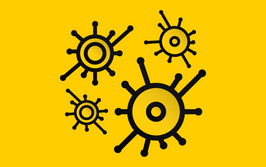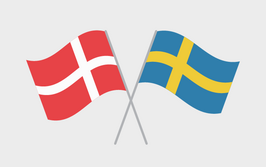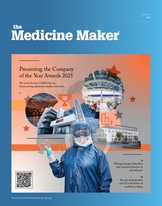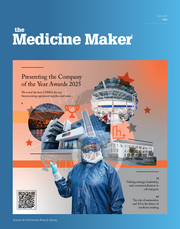
Fighting Falsifiers
The EU takes the fight to the falsifiers with a new plan to implement packaging safety features.
It was back in July 2011 when the European Commission (EC) released their Falsified Medicines Directive to combat the rise of fake medicines. Part of the directive stated that member states must “verify that the medicinal products received are not falsified by checking the safety features on the outer packaging.” This month, the EC – in conjunction with the European Medicines Agency (EMA) – announced a plan to implement new packaging safety features.
“The delegated regulation introduces two safety features, a unique identifier (a 2-dimension barcode) and an anti-tampering device, to be placed on the packaging of most medicines for human use,” says the EMA in press release (1). “The unique identifier and the anti-tampering device placed on the packaging of the medicines will guarantee medicine authenticity for the benefit of patients and businesses, and will strengthen the security of the medicine supply chain – from manufacturers to distributors to pharmacies and hospitals.” The new features will have to be implemented by no later than 9 February 2019.
The EMA list four key considerations for drug manufacturers:
- Applications from April 2016 onwards: Medicinal products will have to bear the new safety features. If a product doesn’t contain any outer packaging, and the anti-tampering device (ATD) affects the product’s container or its closure system(s), applicants are required to include information on the ATD and how the ATD affects the container and its closure systems.
- Existing marketing authorizations: Over the next three years, Delegated Regulation, Marketing Authorization Holders (MAHs) are encouraged to use an upcoming regulatory procedure affecting Product Information Annexes to implement the new safety features.
- In case the medicinal product no longer needs to bear the safety features: MAHs are also encouraged to use an upcoming regulatory procedure affecting Product Information Annexes to remove the safety features.
- Change of legal status: MAHs should use a change of legal status to implement the safety features.
The EMA and EC hope that the new packaging, along with the 2011 directive, will prevent falsified medicines from entering the legal supply chain and reaching patients, as well as allowing EU citizens to buy high quality medicines online through verified sources. “It introduces harmonized safety and strengthened control measures across Europe by applying new safety measures,” says the EMA. JS
- EMA, “Measures to help protect patients from falsified medicines,” (February, 2016). www.ema.europa.eu



















